Underwater archaeologists have announced the discovery of a nearly intact ancient Roman bath complex in the sunken city of Baiae, located in the Portus Iulius area of the Bay of Naples.
The structure was discovered in 2023, about 3 metres below the surface of the water, and was later found to be a network of rooms, baths and service corridors – once built exclusively for the Roman elite.
The centerpiece of the bathhouse is a mosaic floor set on brick columns, which are part of a hypocaust system - a network of hot air ducts beneath the floor.
Researchers also discovered suspensura, where hollow bricks channel hot air up the walls, turning the room into a sauna.
Some fragments of the frescoes remain on the walls; conservationists are now planning to clean the mosaics and stabilize the paintings before the fall diving season.
Pottery fragments collected from the seabed are being classified to determine the construction date, duration of use and cause of abandonment of this structure.
The team says they may even be able to identify the original owners of the bathhouse – a possibility they describe as “fascinating.”
Some scholars believe the baths may have belonged to the villa of Marcus Tullius Cicero, who owned a villa at Baiae. The hot sulphur springs here attracted Roman aristocrats from the 2nd century BC, and by the 1st century BC, Baiae had become a luxury resort. If confirmed, this would be the first archaeological evidence associated with Cicero’s seaside villa.
Baiae’s reputation as a “paradise of pleasure” has been known since ancient times. Julius Caesar, Nero and Augustus all resorted to the spa; Gaius Marius, Lucullus and Cicero combined parliamentary work with spa treatments.
The poet Sextus Propertius once described it as “a whirlpool of luxury” and “a port of debauchery,” according to Scienze Notizie.
Imperial patronage added to Baiae's appeal. Nero built a palace overlooking the lagoon, Augustus converted the waterfront into a royal residence, and Hadrian is said to have died in a local bath in AD 138.
The volcanic activity that heated the water here later submerged part of the city. By the Middle Ages, malaria epidemics and wars had completely abandoned Baiae.
Renewed interest in Baiae began in the 20th century. Canal workers in the 1920s found marble statues; a World War II military pilot described an underwater “ghost town,” and Benito Mussolini even proposed draining the bay.
Today, Baiae is one of the world's largest underwater archaeological parks, attracting divers and glass-bottom boat tours.
The newly discovered bath complex is likely a private laconicum (Roman steam room), providing insight into how wealthy Romans integrated therapeutic technology into everyday life.
The Parco Archeologico Campi Flegrei archaeological group said: “This discovery not only sheds light on the daily life of the Roman elite but also expands our understanding of the social and cultural structure of that period.”
Source: https://www.vietnamplus.vn/cac-nha-khao-co-duoi-nuoc-phat-hien-nha-tam-la-ma-co-tai-thanh-pho-chim-baiae-post1056596.vnp


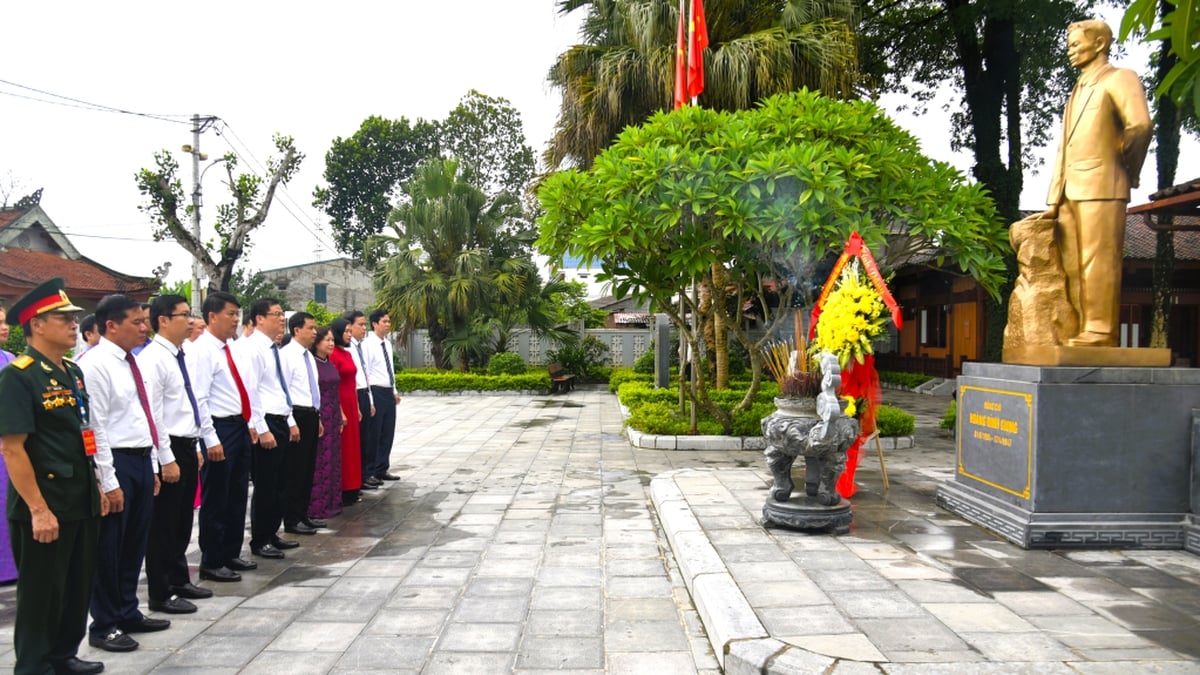





















![[Photo] Politburo works with the Standing Committee of Da Nang City Party Committee and Quang Ninh Provincial Party Committee](https://vphoto.vietnam.vn/thumb/1200x675/vietnam/resource/IMAGE/2025/8/19/b1678391898c4d32a05132bec02dd6e1)


![[Photo] General Secretary and Prime Minister visit the National Exhibition and Fair Center](https://vphoto.vietnam.vn/thumb/1200x675/vietnam/resource/IMAGE/2025/8/19/f4503ad032d24a90beb39eb71c2a583f)

![[Photo] President Luong Cuong's wife and Queen of Bhutan visit Tran Quoc Pagoda](https://vphoto.vietnam.vn/thumb/1200x675/vietnam/resource/IMAGE/2025/8/19/62696af3852a44c8823ec52b03c3beb0)
![[Photo] General Secretary To Lam attends the inauguration and groundbreaking ceremony of 250 projects to celebrate National Day](https://vphoto.vietnam.vn/thumb/1200x675/vietnam/resource/IMAGE/2025/8/19/3aa7478438a8470e9c63f4951a16248b)





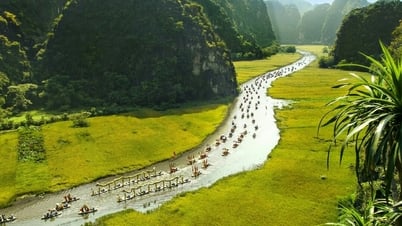

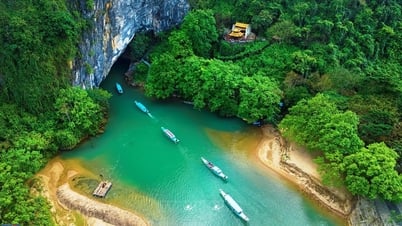










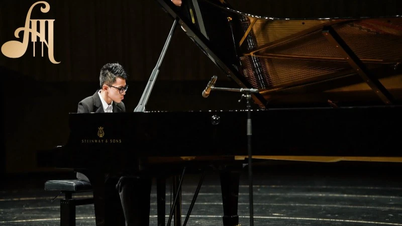





![[Maritime News] Maersk announces positive results in the first half of 2025](https://vphoto.vietnam.vn/thumb/402x226/vietnam/resource/IMAGE/2025/8/20/d9f3704e9e8647a0ade1f6e2309d75d1)








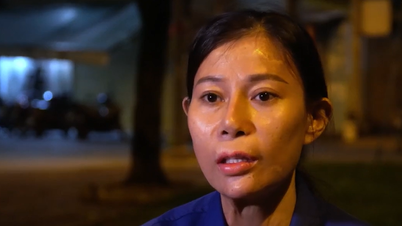







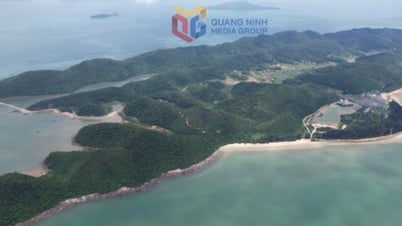
















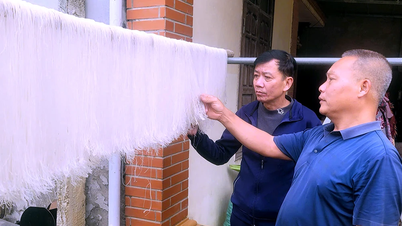










Comment (0)